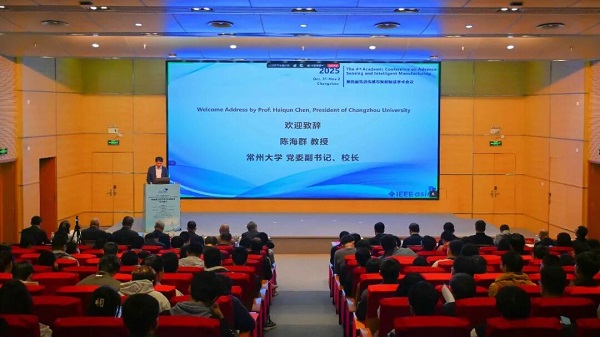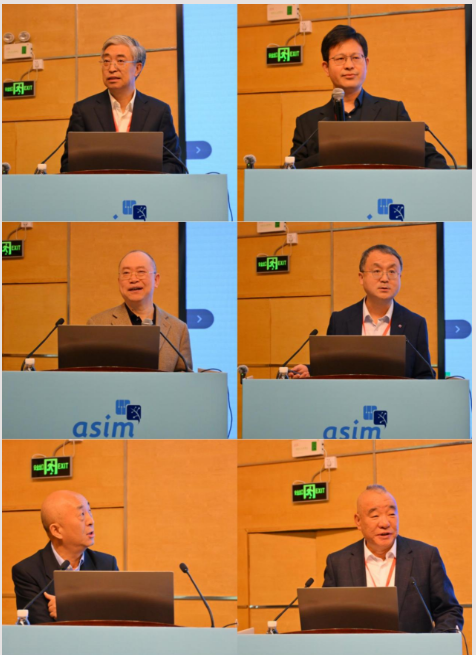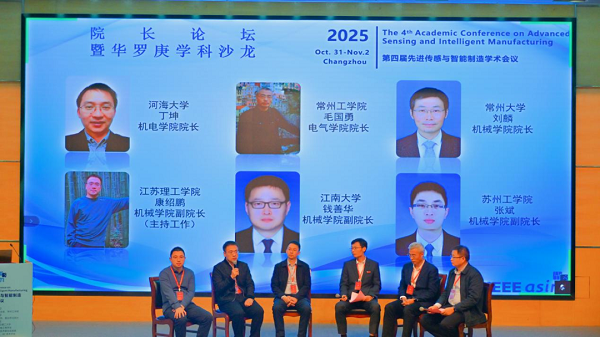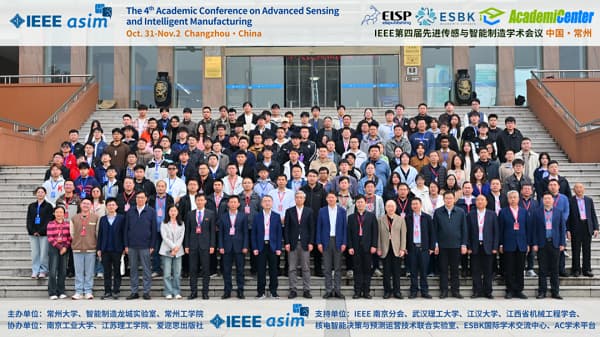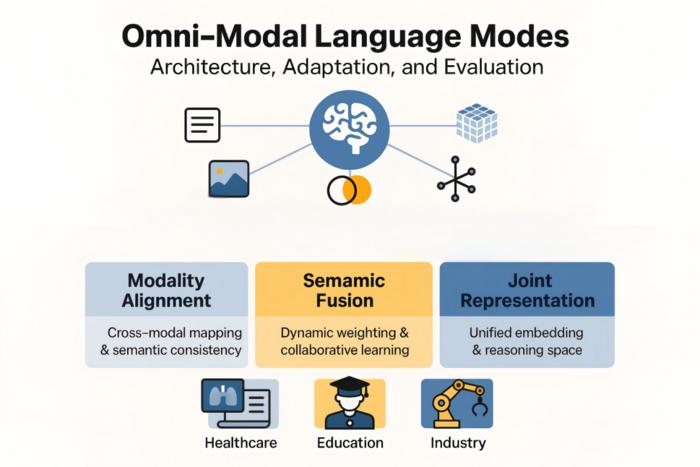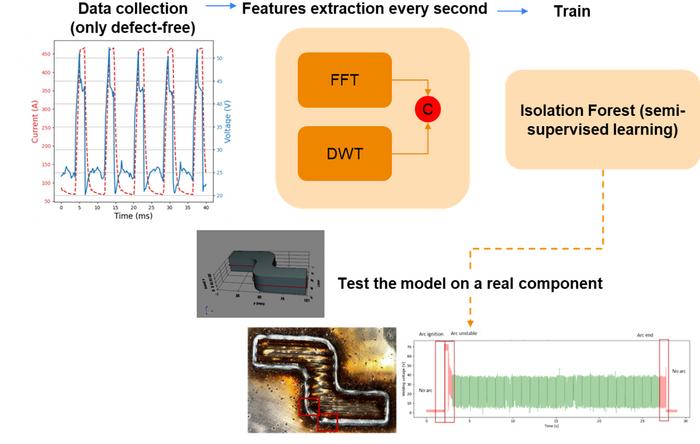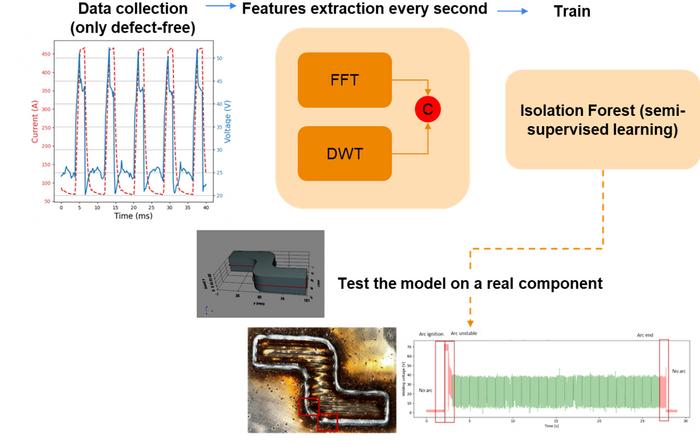The 2nd International Conference on Civil Engineering and Smart Construction (ICCESC 2025)
The evolution of civil and hydraulic engineering spans across historical eras, deeply intertwined with societal, economic, and scientific advancement. Particularly, it mirrors the progress in science and technology. Emerging as the harmonious amalgamation of contemporary information technology and construction, intelligent construction emerges as the prime catalyst propelling the transformation and enhancement of the construction sector, steering it towards modernization.
Centered around civil engineering, water management, and intelligent construction, this conference strives to bridge the latest scholarly accomplishments with the existing industrial technological landscape. It aims to furnish diverse insights to businesses, educational institutions, and academics, comprehensively showcasing novel technologies, innovative paradigms, and recent milestones in related domains. By doing so, it aims to foster synergistic growth between academic accomplishments and industrial progress.
Conference Information
- Conference Theme: The 2nd International Conference on Civil Engineering and Smart Construction (ICCESC 2025)
Official Website: https://www.ic-cesc.com/
- Publication: All accepted papers will be published in the conference proceedings and submitted to Springer (the first edition has been successfully indexed).
Registration Fee Waive Policy
Contact Publishing Consultant Rona at ronnaggr86@gmail.com.
Call for Papers
The conference is soliciting state-of-the-art research papers in the following areas of interest:
Civil Engineering
Geotechnical Engineering
Structural Engineering
Geological Engineering
Seismic Engineering
Railway Engineering
Highway Engineering
River&Coastal Engineering
Port and Waterway Engineering
Tunnel and Bridge Engineering
Construction Technology
Civil Engineering Design and Theory
Civil Engineering Material
Civil Engineering Machinery and Equipment
Disaster Prevention and Mitigation
Architectural design and its theory
Hydraulic Engineering
Engineering Hydrology
Water and Hydropower Calculation
Engineering Survey
Smart Construction
Smart construction
Intelligent Construction
Intelligent design
Intelligent equipment
Man-machine collaboration
Intelligent construction system development and application practice
Green construction technology and intelligence
Intelligent construction equipment and robots
Digital construction
Intelligent technology
Green building
Green Architecture
Intelligent building
Engineering intelligent design
Intelligent construction algorithm
Intelligent construction robot technology
Intelligent engineering survey and planning
Engineering informatization
Engineering intelligence
Wireless transformation
Communication System Engineering
Predictive maintenance
Garage management system engineering
Building Equipment Automatic System
Security monitoring and anti-theft alarm system engineering
---
Submission Guidelines
1. Prospective authors are kindly invited to submit full papers that include title, abstract, introduction, tables, figures, conclusion and references. It is unnecessary to submit an abstract in advance. Please submit your papers in English.
2. One regular registration can cover a paper of 8 pages, and additional pages will be charged. Please format your paper well according to the conference template below before submission.
3. Paper Template: Please prepare your paper in both .doc/.docx and .pdf format and submit your full paper.
Template:
(Click me)
doc/.docx :http://www.icivis.net/?attachment_id=25318&download=1
LaTeX:http://www.icivis.net/?attachment_id=24810&download=1
Submission: please click here for paper submission.
https://cms.elspub.com/submission/stepone?conf_id=1730114919184449536&type=submit
Contact
Submit your work today!
Email: ronnaggr86@gmail.com
Tel / WeChat: Rona +86 15507494120 (Conference Secretry)
Source from [https://www.eurekalert.org/news-releases/1105456].

The 4th International Conference on Green Building, Civil Engineering and Smart City (GBCESC 2025)
With the development of science and technology, green technology and various advanced information technology have been utilized to make cities more and more low-carbon, intelligent and ecological. Cities can operate more efficiently and the life quality of urban residents can be improved as civil construction, city planning, management and services developed.
GBCESC 2025 aims to offer research scholars and engineers a platform for the interchange of cutting-edge technological achievements. During the conference, the scholars, experts and engineers will be able to exchange technical knowledge, discuss innovative and effective solutions and address challenges in the fields of green building, civil engineering and smart city.
We warmly invite experts and scholars to participate in GBCESC 2025. Hope you can enjoy a joyful and fruitful academic journey.
Conference Information
- Conference Theme: The 4th International Conference on Green Building, Civil Engineering and Smart City (GBCESC 2025)
- Date: December 5-7, 2025
- Location: Xiangtan, China
- Sponsored by : Hunan Institute of Engineering
Organized by: School of smart construction and energy engineering, Hunan Institute of Engineering
Co-Sponsored by:
Hunan University
Central South University
Guilin university of technology
Beijing University of Technology
Kunming University of Science and Technology
Henan Provincial Engineering Research Center for Ecological Architecture and Environmental Construction
Hunan Institute of Science and Technology
Xiangtan University
Hunan University of Science and Technology
Supported by:
American Concrete Institute
Soochow University
Nanjing Tech University
Southwest Forestry University
Yunnan Agricultural University
Northwestern Polytechnical University
The University of Saint Joseph
Committee on Infrastructure Seismic Protection and Disaster Mitigation, Seismological Society of China
High-Speed Railway of Construction Technology of National Engineering Research Center of China
China-Portugal Joint Laboratory of Cultural Heritage Convservation Science Supported - The Belt and Road Initiative
China Association of Building Energy Efficiency
Key Lab for Intelligent Infrastructure and Monitoring of Fujian Province
- Publication: All accepted papers will be published in the conference proceedings and submitted to Springer (the first edition has been successfully indexed).
Registration Fee Waive Policy
Contact Publishing Consultant Rona at ronnaggr86@gmail.com.
Call for Papers
The conference is soliciting state-of-the-art research papers in the following areas of interest:
Green Building
Habitat Reconstruction
Ecological Architecture
Building Energy-Saving Technology
Building materials (green materials, advanced materials, traditional materials)
Architectural Environment and Equipment Engineering
Intelligent Building
Carbon Capture and Storage
Indoor Environment
Urban Planning and Design
Civil Engineering
Geological Engineering
Municipal Engineering
Disaster Prevention and Mitigation Engineering
Structural Engineering
Heating, Gas, Ventilation and Air Conditioning Engineering
Road Engineering
Bridge and Tunnel Engineering
Tunnel and Underground Engineering
Water Supply and Sewerage Project
Ocean Engineering
Port Engineering
Seismic Engineering
Computer Simulation
Road Survey and Design
Hydromechanics
Soil Mechanics
Construction Technology and Management
Engineering Geology
Intelligent Construction
Smart City
Smart Buildings
Smart Transportation
Intelligent Transportation Systems
Smart Environment
Smart Living
Smart Mobility
Smart Healthcare
Smart Home
Environment and Urban Monitoring
Deployments for Smart Cities
Smart Water System
Smart Manufacturing and Logistics
Information and Communication Technologies (ICT) for Smart City
Internet-of-Things for Smart Cities
Smart Mobile Devices
Human-Machine Interfaces
Deployments for Smart Cities
Smart Grid
---
Submission Guidelines
Both abstract and full paper submissions are accepted.
Paper should be written in English, of academic value and must not have been previously published in academic journals or conference proceedings, either domestically or internationally.
Requirements for papers included in conference proceeding:
The abstract, keywords, and conclusion sections must reflect the conference's theme. The article should primarily include technical papers that feature a methodology, figures and charts, experimental data, and results.
Please know that a high Similarity percentage/ spotted plagiarism in any form/ type may lead to rejection of the complete manuscript. Similarity rate should not exceed 10-15% (and no more than 5% for each source).
Authors are required to submit original Full Paper of at least 12 pages without references(in correct format), and contain 4,000 words, excluding references and the first page.
The paper includes a maximum of 30 references and a minimum of 10 references. Self-citations and webpages citation are not allowed; you may use only a self-citation as a reference where this is appropriate and approved by the editor.
Any plagiarism or AI-generated content are not allowed.
Please revise the paper and return the author response after you receive reviewer's comments.
Please prepare your papers on the basis of full paper Template(http://www.gbcesc.org/?attachment_id=17537&download=1), abstract template(https://www.gbcesc.org/?attachment_id=17304&download=1), Please also check the Author Guideline(https://www.springer.com/gp/authors-editors/book-authors-editors/your-publication-journey/manuscript-preparation).
For paper authors who plan to attend the conference or give an oral/poster presentation, please complete the registration via the following link:
https://topchair.academicenter.com/registration/1912436705442619392
Host City & Organizers
Xiangtan(湘潭)is a vibrant city steeped in history and culture, nestled along the Xiang River. Known as the hometown of Mao Zedong, it attracts visitors with its revolutionary heritage sites and serene landscapes. The city's old streets are dotted with traditional architecture, while modern developments blend seamlessly with its historic charm. Xiang Tan is also famous for its lotus flowers and local cuisine. Though it may not be a primary tourist destination, it offers a peaceful retreat for those exploring central China, with most visitors being domestic tourists.
Join Us in 2025!
Whether you are submitting a paper, attending workshops, or exploring industry exhibitions, GBCESC 2025 promises to inspire and connect the global Civil Engineering community. Visit our website for updates on keynote speakers, social events, and travel information.
Contact
Submit your work today!
Email: ronnaggr86@gmail.com
Tel / WeChat: Rona +86 15507494120 (Conference Secretry)
Source from [https://www.eurekalert.org/news-releases/1105455].


